All the PCs on the list below looked like guests from the future at one time. Perhaps they are, because they were the beginning of the modern computer industry. In total, the list includes 20 models of different years, ranked by the author of the article in ascending order of importance. The list is subjective, but it really contains the models that have become history. If the list seems to be incorrect, you can fix it. At the end of the article there is a vote that will determine the importance of each computer from the list according to Habr.
20. Dragon 32 (1982)

The computer, developed by the British company from Swansea, is equipped with an MC6809E processor, a comfortable keyboard and excellent analog joysticks. The PC had a peculiarity - the graphics subsystem gave each program a bright green tint. The iconic game character of the most popular PC game was a schoolboy named Cuthbert.
I put Dragon 32 on this list instead of another Swansea-made PC, the Sam Coupe. The fact is that it was for Dragon that I developed two popular games Impossiball and Utopia.
Unfortunately, Dragon Data went bankrupt in 1984.
19. Atari ST (1985)

The first home PC with color graphics and excellent hardware features, including a 16-bit Motorola 68000 processor and 512KB RAM. It was a breakthrough ... until two months later the Commodore Amiga arrived with its Midi interface. Atari was unable to compete with this machine as a gaming PC for long. But he left his mark on history.
18. Acorn Electron (1983)
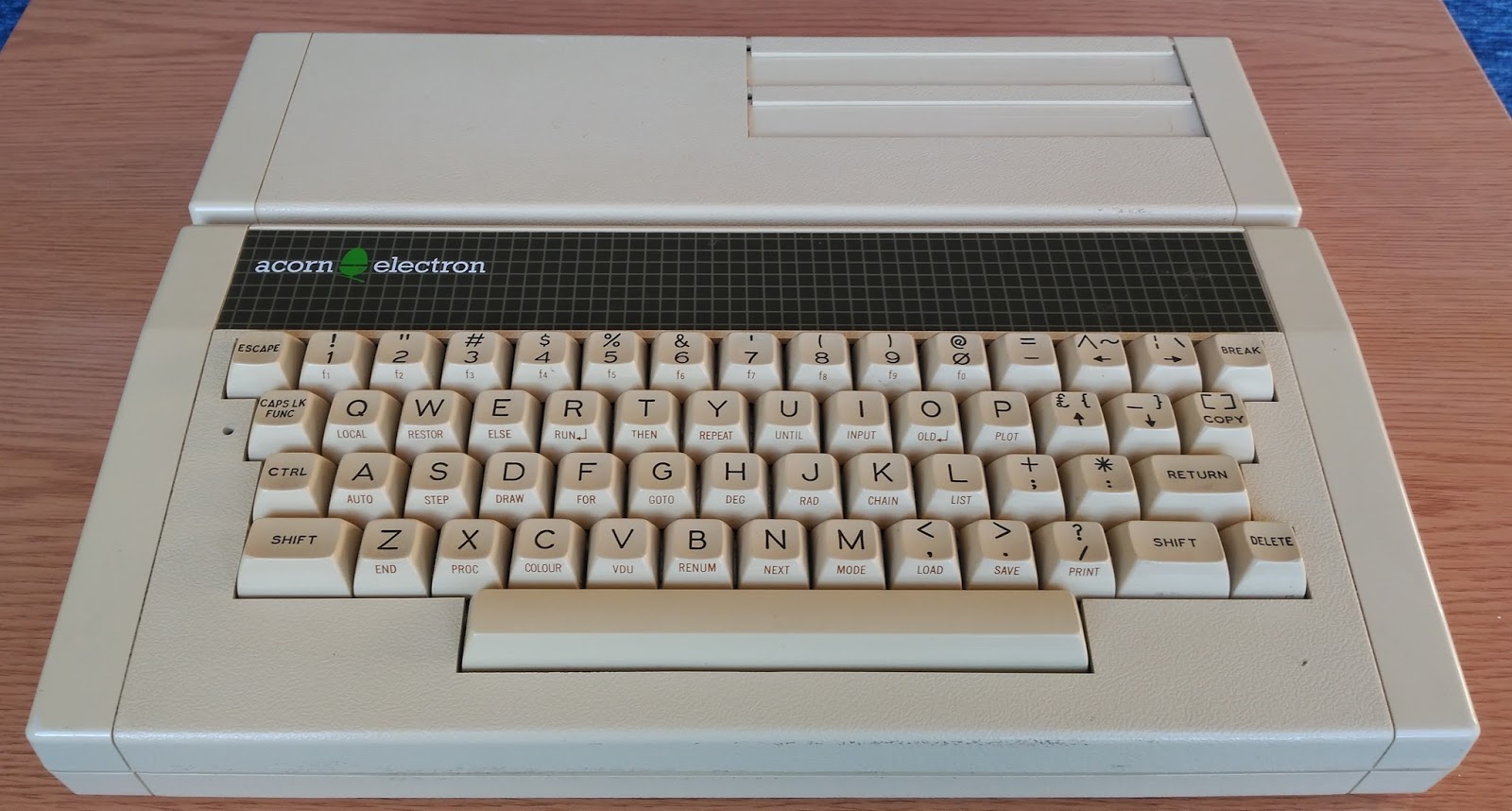
Designed to compete with the ZX Spectrum, the Electron was the budget version of the BBX Micro, with a Synertek 6502A processor, operating system, and Basic onboard. A wide range of games were compatible, so the machine was also good as a gaming PC. Unfortunately, the production of this model was quite expensive and complicated that the Acorn Electron did not become a real competitor to the ZX Spectrum.
17. Sinclair ZX81 (1981)
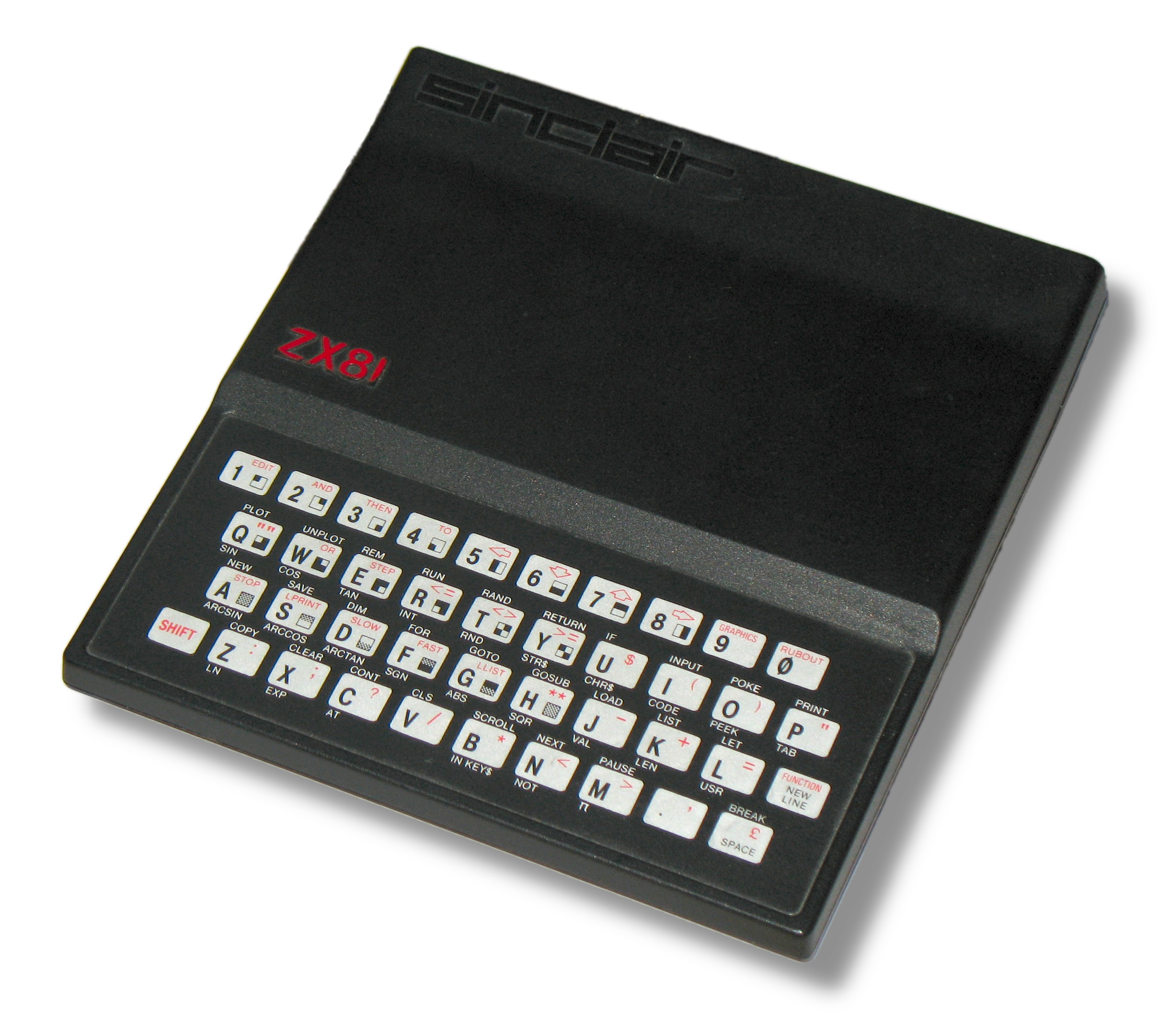
The successor to the ZX80, the Sinclair ZX81 has become truly accessible to almost everyone. Inexpensive and reliable, it has become a hit. Many veterans of the computer industry began their journey with the Sinclair ZX81, developing various BASIC programs on this convenient keyboard. Games like 3D Monster Maze and Mazogs were a real eye-opener.
16. Texas Instruments TI-99 / 4A (1981)
With a 16-bit processor, 16 KB of RAM and an advanced TMS9918 video chip (its legacy will be used in the Sega Mega Drive), the TI-99 / 4A was one of the most powerful PCs of its time.
The original price of $ 525 did not last long. As a result of the price wars, it quickly dropped to $ 100. Unfortunately, the manufacturer, Texas Instruments, decided to tightly control the software for this computer. So the attractiveness of the system has dropped sharply in the eyes of buyers (and especially gamers).
15. Altair 8800 (1975)
:no_upscale()/imgs/2018/11/26/13/2565919/e1f7b7dac8fa92997a90cae25749d3774a4dc5fd.jpg)
At one time, this PC cost only $ 400 (professional personal computers of that time cost an order of magnitude more). It is based on Intel 8080 2MHz processor. The PC literally burst into the market, becoming the forerunner of most laptop computers. It could be programmed using the switches on the front panel, so it did not really become widespread. However, it attracted the attention of young geeks (like Bill Gates and Paul Allen). The addition of a terminal and monitor made development easier.
14.Amstrad CPC 464 (1984)

Amstrad is recognized for its performance and design. The keyboard and tape recorder fit into one housing, making the Amstrad very convenient to use. The graphics and sound were excellent, and overall the computer was a workhorse that did not fail.
13. Sharp X68000 (1987)

A Japanese computer with a 16-bit Motorola 68000 processor, Sharp X68000 also received an excellent graphics subsystem with support for hardware sprites and scrolling. In general, it can be called an arcade machine disguised as a PC.
12. Apple Macintosh (1984-)

Even though the Mac 128k had a monochrome display, plus the IBM PC became much more common, this model can be considered one of the pioneers of the era of computer games. It was on this that Myst appeared, and Halo developer Bungie started with Marathon and Myth. This same model has become one of the incentives for the development of the indie industry.
11.MSX (1983)
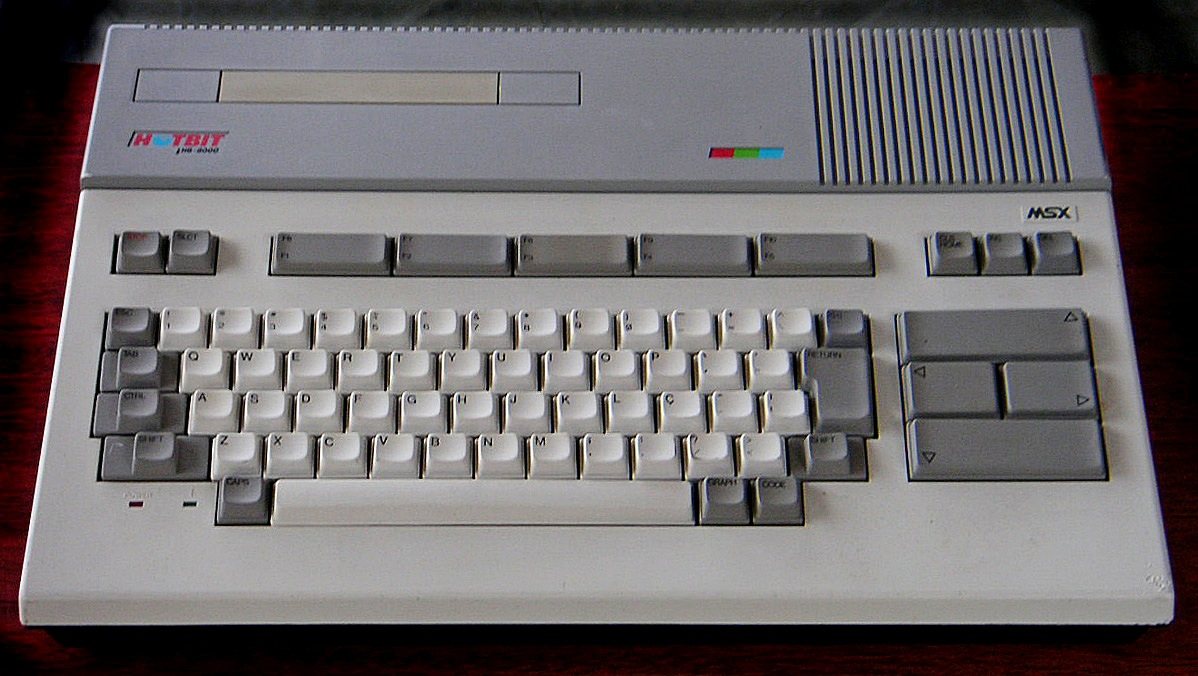
Developed by Microsoft Japan, this computer has become the hardware standard for VHS video computers. It has been supported by a number of manufacturers including Sony and Toshiba. The base of the PC was the Z80 processor and the Texas Instruments TMS9918 video chip. MSX has become the ultimate gaming platform. By the way, MSX2 came with Metal Gear.
10.Tandy TRS-80 (1977)
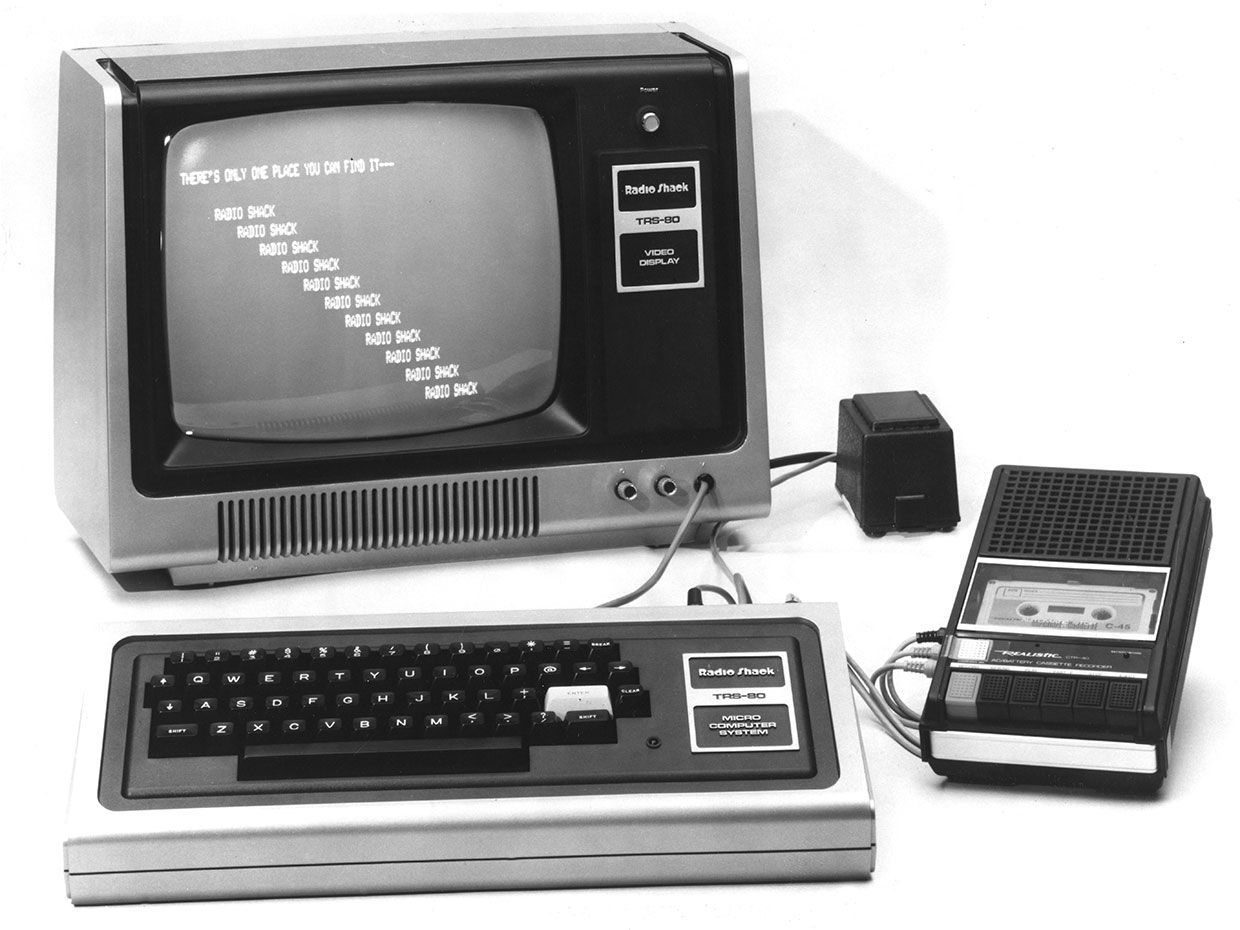
This PC housed a monochrome monitor (it was an inexpensive TV CRT) and a standard cassette deck. The computer was renamed Trash-80 by Apple II and Commodore PET users. But it was a great car available to a wide range of users. The computer was sold throughout America through the RadioShack chain of stores. He also became one of the founders of text-based adventure games such as Zork.
9. Commodore Vic-20 (1981)

This computer was positioned by the manufacturer as "user friendly". It was designed to be a mainstream product. This was facilitated by the low price (only $ 300), good graphics, port for a ROM cartridge and a large number of accessories. Despite the 5KB of memory, it was playable in Sword of Fargoal, Metagalactic Llamas Battle, and Edge of Time.
8.NEC PC-88 (1981)

The Japanese personal computer faced stiff competition from the Sharp X1 and Fujitsu FM7, but retained its leading position thanks to the more powerful models of the next generations. But this model was not bad either. The PC-88 boasts games from all the major arcade and console developers of the time, including Sega, Namco, Square, Hudson and even Nintendo, which released the little-known Super Mario Bros Special for this machine.
7. Atari 800 (1979)

Released along with the weaker Atari 400, the 800 was a real breakthrough. It was a great home PC with coprocessors for graphics and sound, plus four ports for joysticks. The latter made it possible to play multiplayer games including MULE, Airline and Dandy.
Atari has managed to bring in an entire team of experienced developers for the classic Star Raiders and Missile Command games, as well as the programming community through the Atari Program Exchange (APX) initiative. In fact, the company began to set the tone for the entire indie scene at that time.
6. BBC Micro (1981)
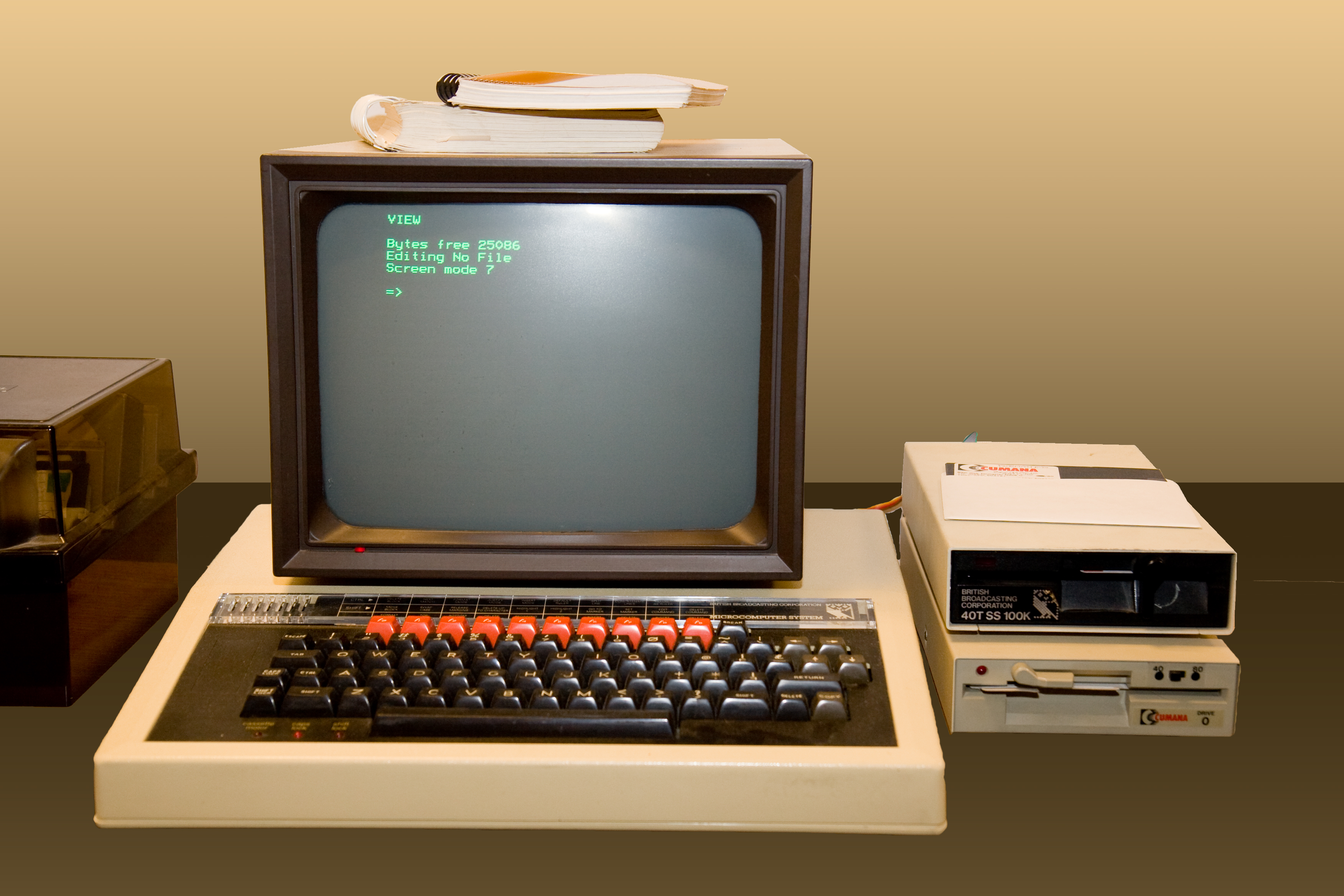
Developed by Acorn and the BBC Computer Literacy Project, this computer has been widely used in schools in the UK. And it was created to popularize programming. It was a high-quality and expensive PC. The BBC Micro was a little expensive for a home, but it was affordable for any student in the UK. The model will remain famous thanks to Elite, Repton and Granny's Garden.
5. Apple II (1977)
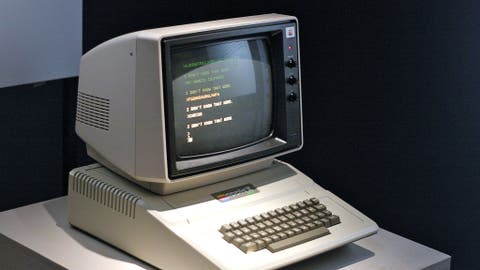
The UK had the BBC Micro, and the US had the Apple II, a fairly powerful, expandable multi-purpose PC. It was the first computer with Basic ROM, color graphics and up to 48KB of RAM. In addition to programming, it allowed you to run a lot of games. Many of the best-known series and game hits, including Lode Runner, Choplifter, Prince of Persia, Castle Wolfenstein, Ultima, John Madden Football, have debuted on the Apple II.
4.ZX Spectrum 48K (1982)
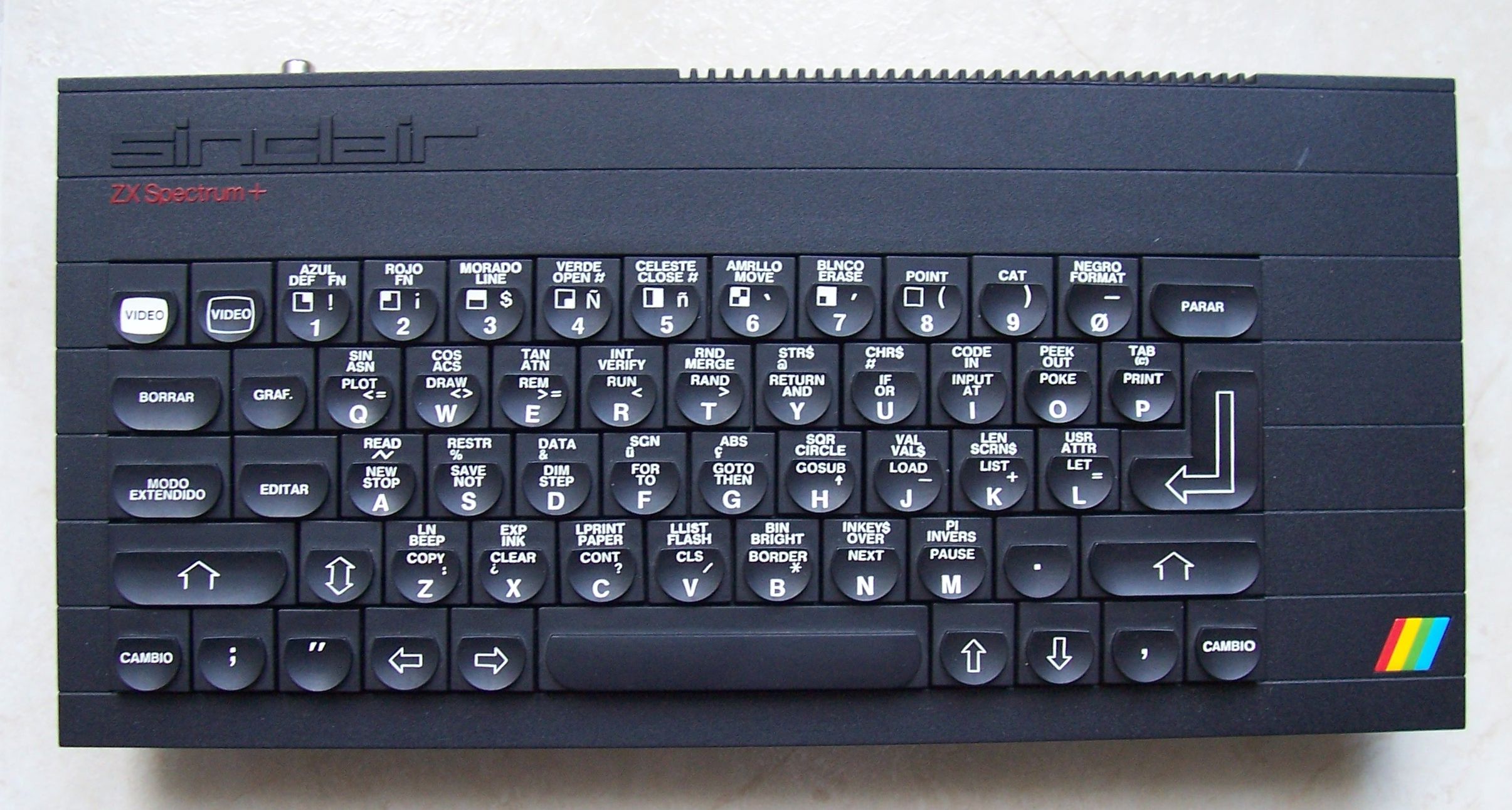
Truly a people's computer, the ZX Spectrum 48K became one of the most popular PCs of its time. The programmers and gamers were very happy. Thanks to him, Jet Set Willy, Horace Goes Skiing, Knight Lore and Lords of Midnight were born.
3. Commodore 64 (1982)

With a gigantic 64KB RAM, color graphics, hardware sprites and scrolling, the C64 was one of the most powerful and coveted PCs of its time. It also included a revolutionary SID sound chip. You could play anything on it, including Bubble Bobble, Green Beret, Sentinel, Hacker, Frankie Goes to Hollywood, Epyx Games simulators. Developers also doted on this PC. Its sales volume was 20 million, at not the lowest price.
2. Commodore Amiga (1985)

It was the last gaming home PC, after which the game consoles took over the world. But it was with him that the history of such studios as Sensible Software, LucasArts, DMA Design, Bitmap Brothers and Psygnosis began. They developed game design ideas that are popular today. A large number of developers who started their journey with the Commodore Amiga are still working.
1. IBM PC (1981)

The IBM PC had many competitors. Yet it was this platform that became # 1 in the PC world. The original IBM 5150 cost $ 1,656, but the architecture was open, so third-party vendors began to supply inexpensive clones. Thus, the IBM PC became a technology standard. IBM's decision to use ready-to-use modules and publish technical documentation was groundbreaking. Maybe that is why we are now playing on an IBM PC and not a ZX Spectrum 16GB.
Which PC is closest to you and why? Tell us about it in the comments, we will discuss the most interesting models.
